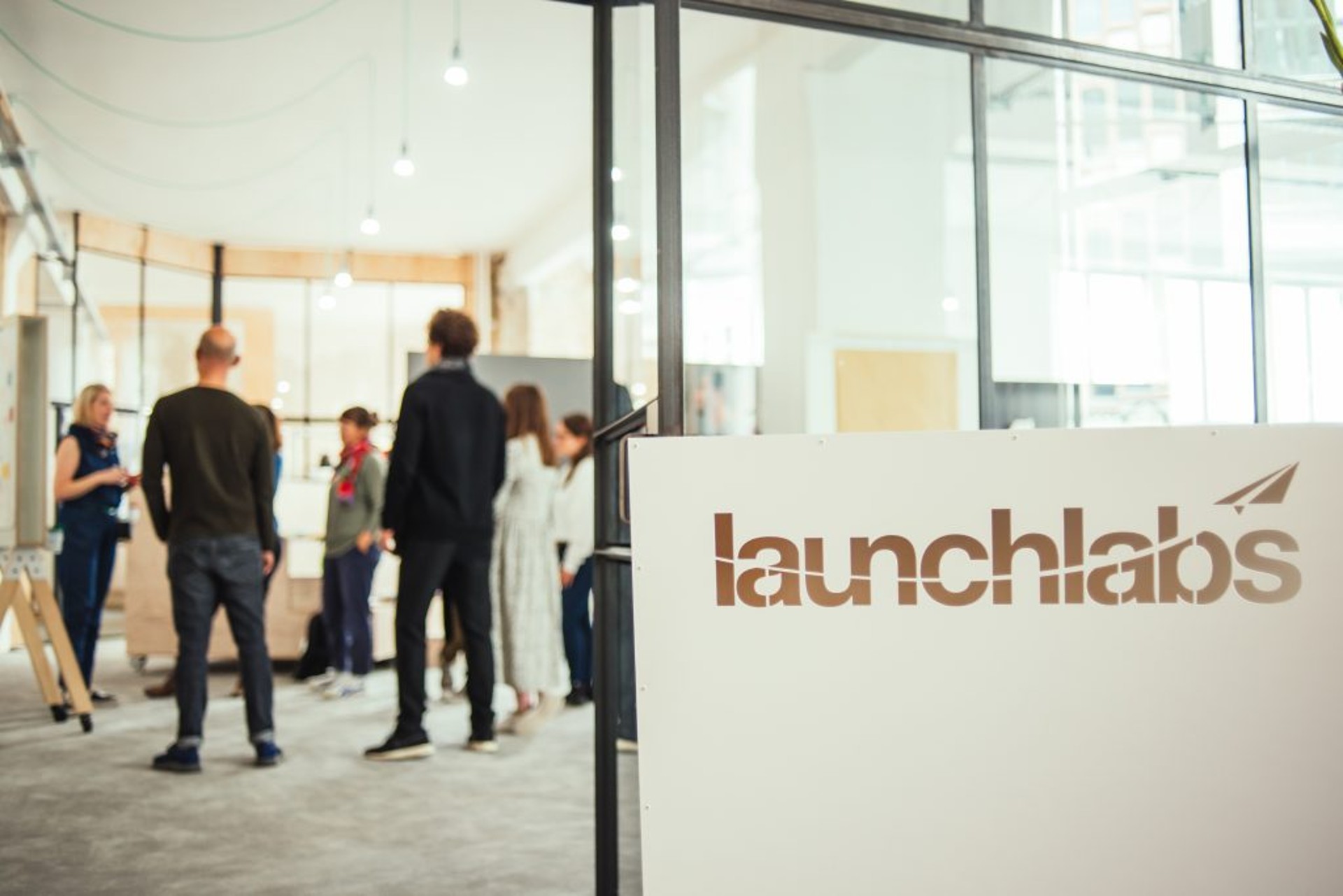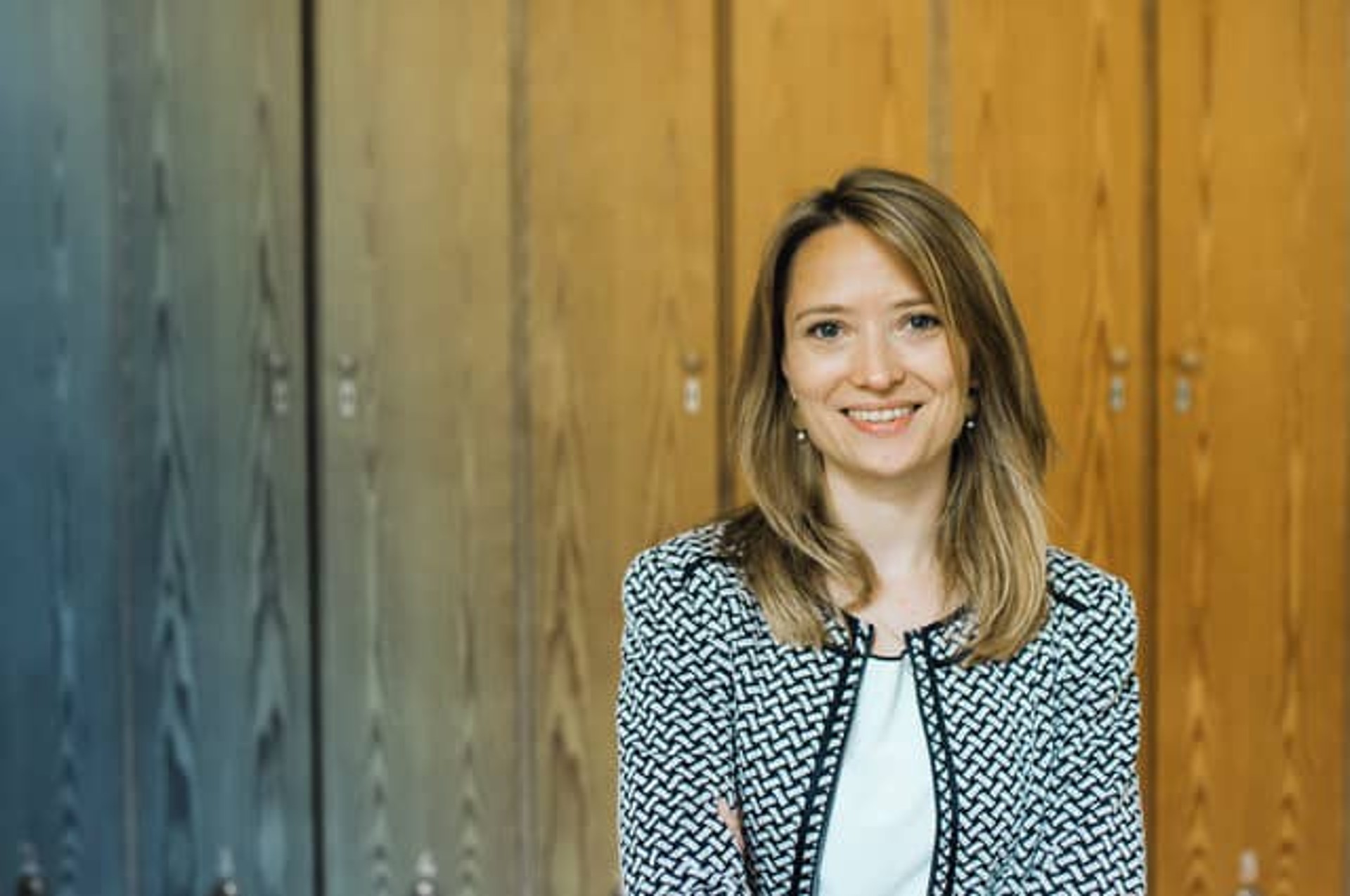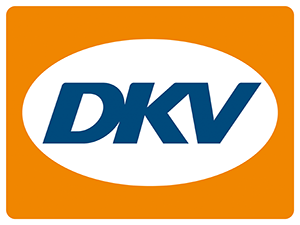Innovation and the value of trial and error

Agility, New Work, Design Thinking - the terms are on everyone's lips, but still often not really tangible. Many companies want to break up lived structures in order to consciously drive innovation and live change. This is exactly where the Berlin-based company launchlabs comes in. launchlabs was founded in 2012 and now employs 21 people. In terms of content, the company advises on agile innovation approaches such as Lean Start-Up, Scrum and Design Thinking, in order to help established companies achieve a living culture of innovation. The two Agile Coaches and innovation consultants Laura Krawietz and Mira Vanessa Gampp told us how exactly this works and where companies need to rethink.
Newsroom: Laura and Mira, could you briefly explain what launchlabs does exactly? And who are your services aimed at?
Laura Krawietz: launchlabs is an innovation consultancy, to put it as simply as possible. We support organizations in working in the same agile and reactive way as successful startups. In other words, our goal is to make agility a reality not only in small, young companies, but also in large, established organizations.
We work with small - and medium-sized companies, but also with corporations, and across very different sectors, so for example in the area of mobility. Healthcare is also a topic for us. We look very closely at what people need and how we can enable them to do it.
In practical terms, this means we look at what the problem is and how we can enable the company and the individuals to solve the problem themselves. We clearly see ourselves as enablers and not as implementers. That's what differentiates us from the traditional consulting context.
Newsroom: How does your company try to empower? What does that involve?
Laura Krawietz: At launchlabs, there are three core pillars that we serve. One is our learninglabs, which is really about methodological knowledge, frameworks and methods. Here, we primarily offer training courses ranging from design thinking and Scrum to training as an agile coach.
Then, as a second pillar, we have our projectlabs. Here we accompany a project over a longer period of time. The core here can be quite different. It may be that a product or a business model is to be developed. But it can also be that we accompany a team in its reorganization or in its cooperation. Or we look at the corporate culture. Most of the time, these things also intertwine a bit. We always try to see the whole process in three parts: Individual, team and organization. Then we ask ourselves: What can we do on these three levels? That's why we have the third pillar: culturelabs. This deals specifically with corporate culture.
_xl.jpg)
Laura Krawietz
Newsroom: Can you give us an example of specific issues that companies approach you with? What problems do companies face?
Laura Krawietz: Very often it's about the initial impetus, the start of something new. The word "launch" is also a bit part of our identity. So the question is: How can innovation be launched? That's a lot about methodological knowledge and the application of agile methods. But what we also often have is a company approaching us to develop a new product or service.
Newsroom: What exactly does agility mean to you? What is agile working?
Laura Krawietz: For me, two things are always particularly important. You can explain it quite nicely using the iceberg model. There is the tip of the iceberg, which lies above the water and is what you see. In this tip is the "agile doing" as it is called. That includes the methods and processes, but also roles and working methods that are applied.
Agile, however, also includes the part that lies beneath the surface of the water and that cannot be seen immediately, described as "Agile Being". This is about establishing new values and also establishing a culture of error. It is difficult to define agility in concrete terms, because agility looks different everywhere. But basically you can say: Agility means establishing a system that enables you to react to changes. And that means at the organizational level, but also both at the team level and in processes.
Newsroom: You just said that agility establishes new processes, new values. What distinguishes the agile approach to a project from the classic approach we find in many companies?
Laura Krawietz: When we work according to the classic waterfall principle, it is usually the case that we have already defined certain milestones at the beginning of the project. We have defined for ourselves what has to happen by when. This means that the milestone always includes the result in parts. In agile projects, this is reversed a bit. There are also milestones, but they are open-ended. We only know what level of knowledge we will have when we reach the milestone. So we have to expect change to a certain extent. In agile projects, the milestone is more of a realization instead of a result.

Mira Vanessa Gampp
Newsroom: What does it take for you to live agile?
Laura Krawietz: There is not one kind of agility. There is not one kind of innovation, but - and I think that's where the partly bad image of transformation comes from - it's about looking at: How can we bundle and distribute the skills and competencies we have in the company in the best possible way so that we ultimately achieve our goal?
Mira Vanessa Gampp: Agility also requires a great deal of freedom for play. It's about really building a flexible system in which there is room to be curious, to take time to understand the challenge, but also room to play. Only in this way can new ideas emerge at all. You have to awaken the childlike curiosity.
Laura Krawietz: We experience time and again that customers also come to us and want to develop the ‘eierlegende Wollmilchsau’ and wonder why no one uses it in the end. The problem is: Maybe the product or result you end up with doesn't meet the human need at all and is therefore not used. I think that's a very big problem. And that is why it is so exciting to start the development process with a question that describes a complex problem, but is still open-ended. Often, something quite unexpected comes up during the research phase. Or, to everyone's surprise, a completely different need comes to light. Then you realize, okay, this is actually about something else and how can we develop a suitable solution for it?
Newsroom: That brings up a very important point. One aspect of agile working is design thinking and human cencritcity - in other words, putting people much more at the center. What are many companies still doing wrong when they are looking for innovation?
Mira Vanessa Gampp: People often have the tendency to want to solve a problem directly, usually based on a lot of assumptions and experience. What Design Thinking tries to do is to say, let's split the process. And that is into a phase in which we deal with the problem. This is really about what would the users of the solution, of the innovation, be? What are their needs? What does the world really need? And only then, in the second part, do we look at what possible solutions might be. That's actually a very simple thought. Nevertheless, we are often struck by how solution-oriented we often are.
Newsroom: The last two years have changed the way we work. Everyone is talking about New Work. What does the world of work 4.0 look like? What is New Work?
Laura Krawietz: There's not one thing there either. I think perhaps the vision of new work for the future is more that there will be very different structures that emerge. But what we can say is that a lot is changing at the levels of organization, team and individual. There is a strong tendency for responsibility to be transferred from the top to the system, and this is transforming a great deal. On the one hand, the topic of leadership and the understanding of leadership, and on the other hand, the role that leadership takes on. You often hear the term "servant leadership" here. This means that a leader is there less to discipline and more to empower his team to take responsibility. The result then is that we move more from titles and positions to specific roles that each team member takes on.
Newsroom: Maybe one final question: How do you live agility and new work at launchlabs?
Laura Krawietz: We are not 100% agile either. In terms of our work context, we live a 32-hour week. We can choose to take Monday or Friday off. In addition to that, we each have the option of a month of special leave in the year, which we can take to get a bit of air. These are the general conditions. As far as our actual work is concerned, we work according to the pull principle. That means we pick and choose what we work on. Of course, there are tasks that have to be done. But usually we can choose what we want to work on from a so-called backlog - a collection of topics that need to be done.
We also live agility in our meeting formats. During the week, we collect cards with topics that are pending or need to be discussed. Before the joint meeting, ideally everyone has already read through everything. That way, only the things that actually need to be discussed are discussed.
I also think that the Retro values are very good. This is where we come together as a team. This meeting is not about working out solutions, but simply talking to each other, reflecting and working out any tensions.
More information about launchlabs: https://launchlabs.de/
